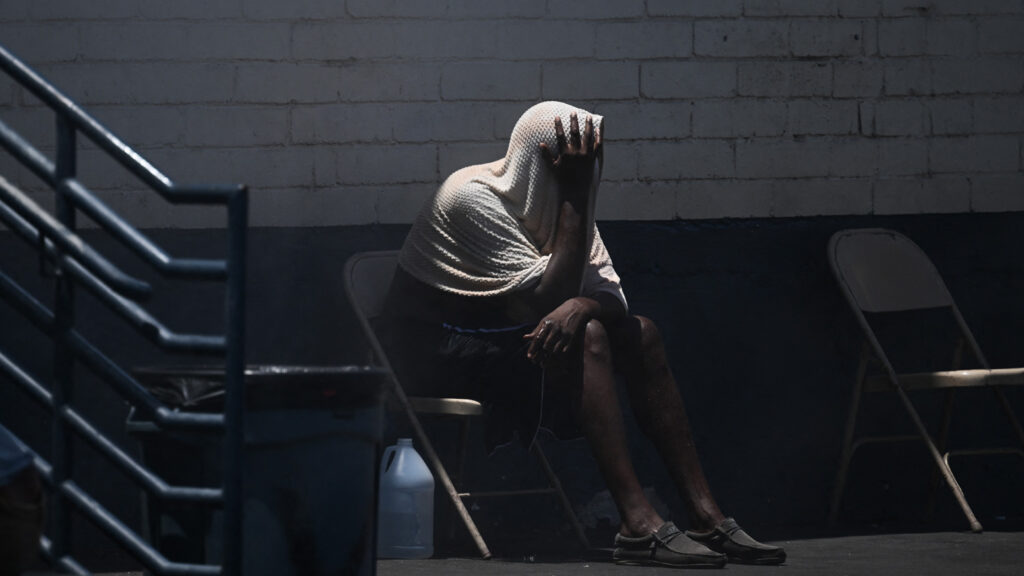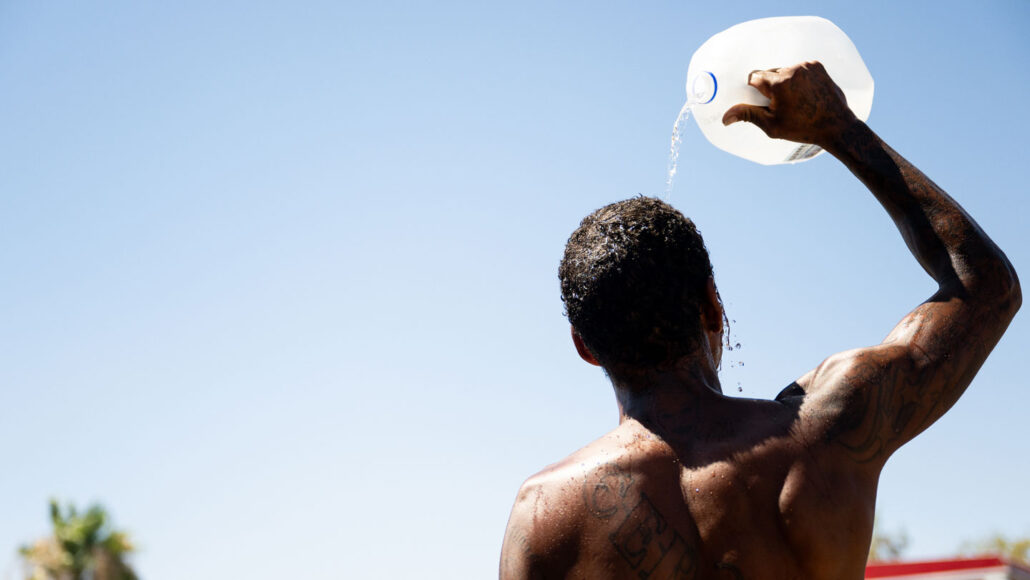In July of 2023, history etched an indelible mark as the hottest month ever documented, potentially claiming a record within the annals of human existence. This event is a link in an unbroken chain of shattered heat records, as an unprecedented heat wave continues to grip the U.S. Southwest. In 2020, Siberia witnessed temperatures soaring to 38°C, marking the highest-ever recorded figure within the Arctic Circle. An astonishing nine out of the last ten years have witnessed the hottest temperatures on record.
Amidst this scorching climate, tragic extremes push the boundaries of human physiology. The European hot wave of 2003 resulted in a staggering estimated 70,000 deaths, while another wave in 2022 claimed approximately 62,000 lives. Countless others have fallen victim to heat-related illnesses or injuries. While the human body possesses the capacity to adapt to increasing temperatures, research demonstrates that this adaptability is limited.
The Struggle Within: Navigating Humid Heat and Nocturnal Warmth
To counteract heat, the human body employs two primary mechanisms: sweating and directing blood towards the skin’s surface. Sweating dissipates heat through the evaporation of salty water from pores, while blood vessels beneath the skin dilate, facilitating increased blood flow to the surface and aiding in heat dispersal. These mechanisms collaborate to maintain an internal temperature around 37°C. However, the escalating heat patterns pose challenges beyond heightened temperatures.

The implications of climate change extend beyond elevated temperatures; they manifest as heat waves that are more humid and enduring. The presence of moisture in humid air hampers the evaporation of sweat, curtailing its cooling effects. Consequently, rather than dissipating, sweat adheres to the skin, necessitating the heart to redirect blood away from the body’s core.
The challenges extend into the night as well. Typically cooler, nighttime temperatures offer respite, allowing the body to shed excess heat. However, the warming trend affects nights more profoundly than days, amplifying the strain on the heart.
The Dangers of Heat: Straining Vital Systems
The convergence of heightened heat, increased humidity, and warmer nights exacerbates the burden on the body’s cooling mechanisms. Prolonged exposure to extreme heat initiates a sequence of events that culminate in permanent harm or fatality. The redirection of blood towards the skin strains the heart, compelling it to work harder while concurrently diminishing the supply of oxygen-rich blood. This situation results in oxygen deprivation and eventual heart failure.
Elderly individuals confronting heat waves are particularly vulnerable, with cardiovascular failure accounting for roughly half of the deaths during such occurrences. The remaining fatalities stem from the failure of other organs, especially the lungs, under the stress of heat. These risks predominantly affect individuals with preexisting conditions, including diabetes or chronic obstructive pulmonary disease.
The situation escalates when the body struggles to regulate its temperature, causing the core temperature to rise. A core temperature of around 38°C triggers heat exhaustion, inducing symptoms such as dizziness, heavy sweating, headaches, and faintness. If left unchecked, heat exhaustion can escalate to heat stroke, characterized by a temperature exceeding 40°C. Organ function becomes compromised, the skin turns hot and dry, and delirium or seizures may occur. Swift intervention is essential to prevent organ failure, irreversible damage, and death.
Even the seemingly innocuous act of sweating, when not balanced with hydration, poses risks. Inadequate water intake during sweating can lead to dehydration, thickening the blood and placing additional strain on the heart. The kidneys are also affected, as they require water to filter toxins and waste. Chronic dehydration, as experienced by outdoor laborers, can lead to kidney disease. Even nonfatal heat-related injuries can elevate the risk of subsequent heat-related incidents for years to come.
Hope Amid Challenges: Timely Action and Protective Measures
Notwithstanding the gravity of these symptoms and outcomes, these processes unfold over hours, rather than in an instant. Symptoms often emerge well before an emergency, providing a window for preventive action. The majority of heat-related fatalities can be averted through a combination of individual and societal efforts.
Staying adequately hydrated in high temperatures is paramount, as is utilizing air conditioning when available or seeking out cooling centers. Refraining from strenuous activity during peak hot hours and implementing cooling measures such as cold-water baths or fans can also assist in temperature regulation.
These recommendations are particularly pertinent for vulnerable groups, including those aged 65 and older, infants, pregnant individuals, people on specific medications, and those with heart or lung conditions. Geographical or occupational factors can amplify risk for unhoused individuals or outdoor workers.
Local governments can contribute to risk mitigation through measures like early warning systems and cooling infrastructure. Incorporating cooling mechanisms into buildings, such as reflective roofs or “green roofs” with plant coverings, can contribute to relief. As global temperatures surge, a collective approach to curbing greenhouse gas emissions assumes critical importance in minimizing extreme climate events.
The interplay between heat and its consequences necessitates comprehensive responses. From individual vigilance to systemic transformation, protecting the vulnerable requires a multifaceted approach, ultimately securing access to vital services and preserving lives. As aptly expressed by Kristie Ebi, “Heat is an all-of-society issue” that demands a holistic and comprehensive response.
